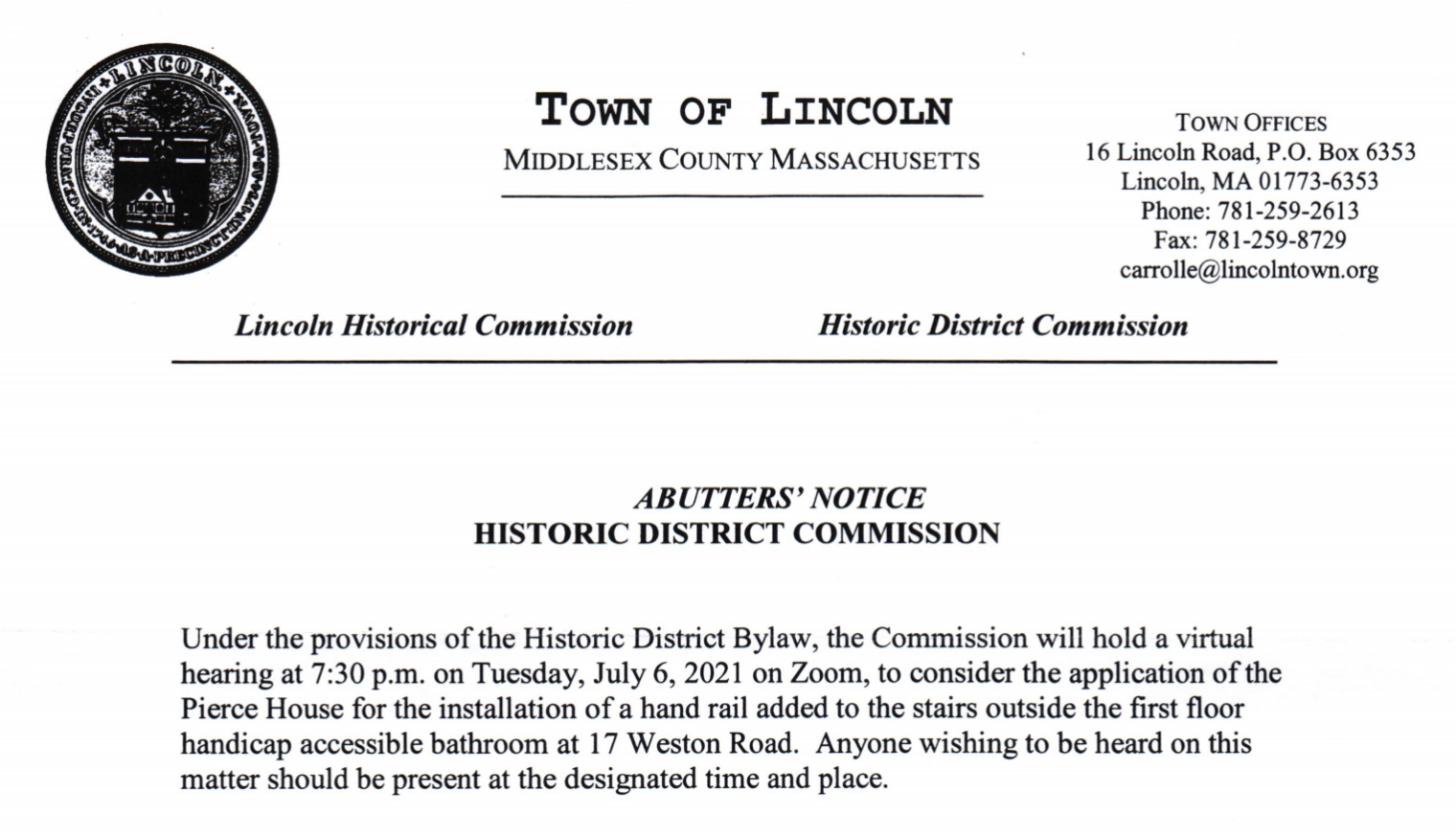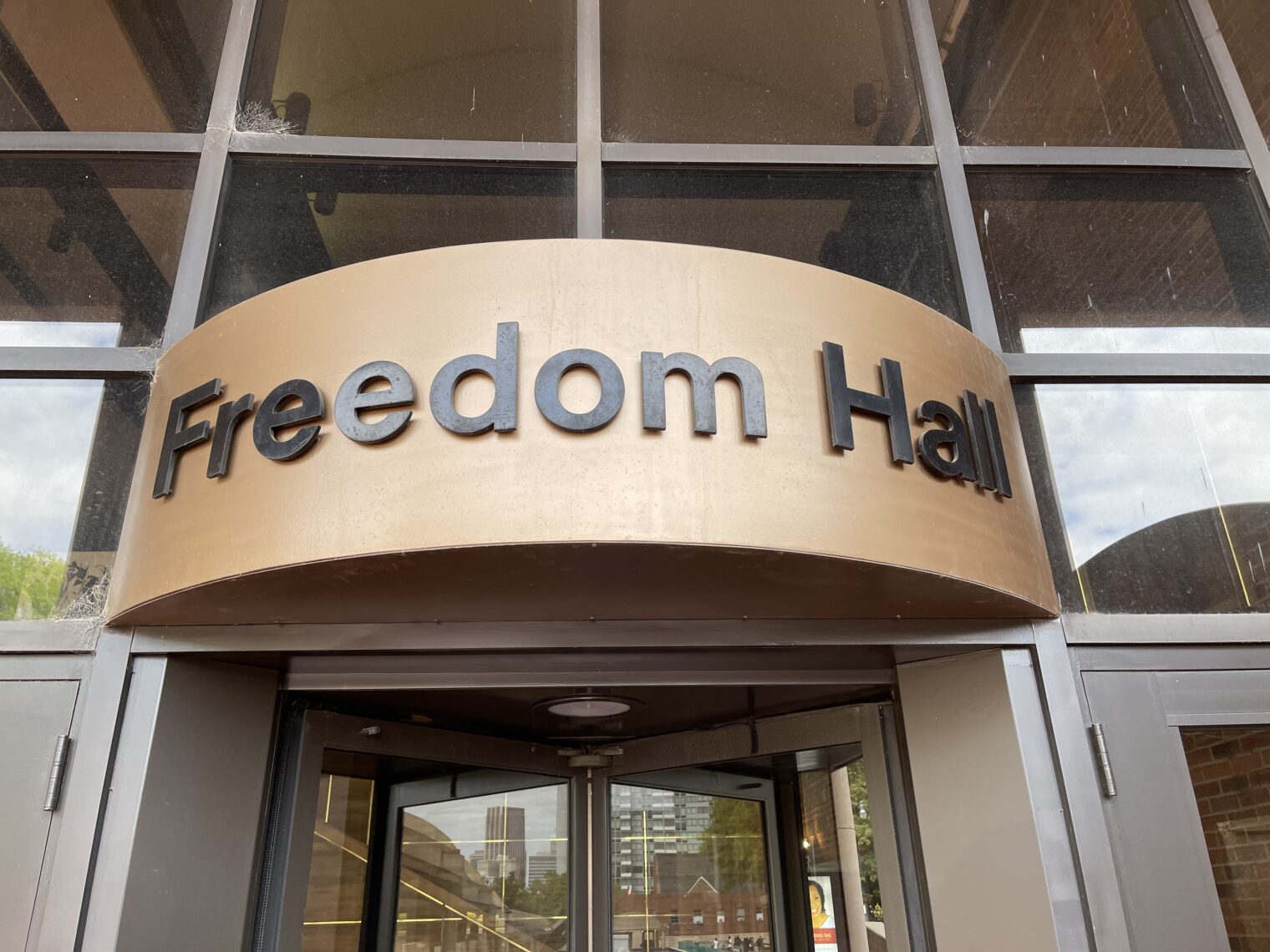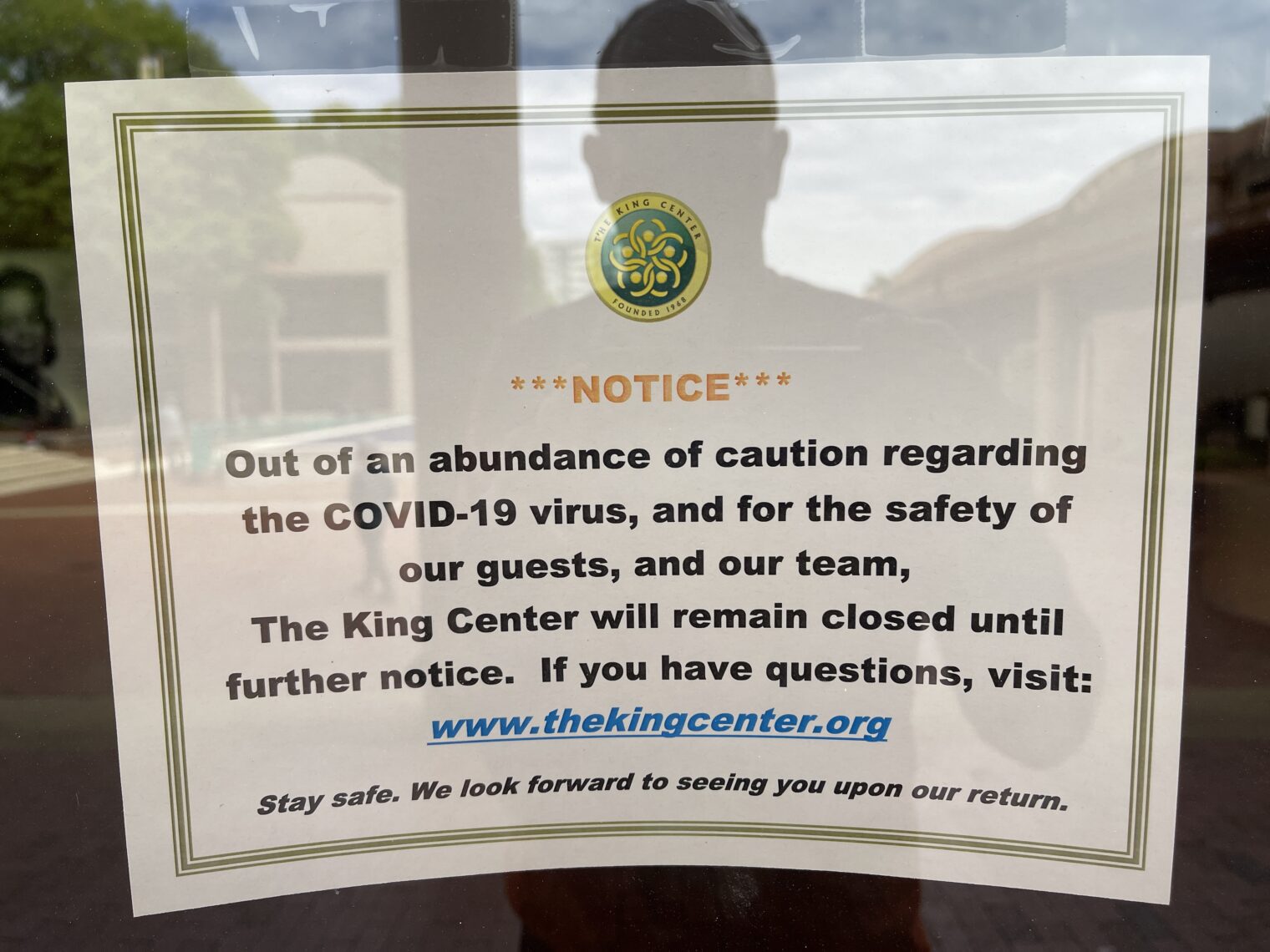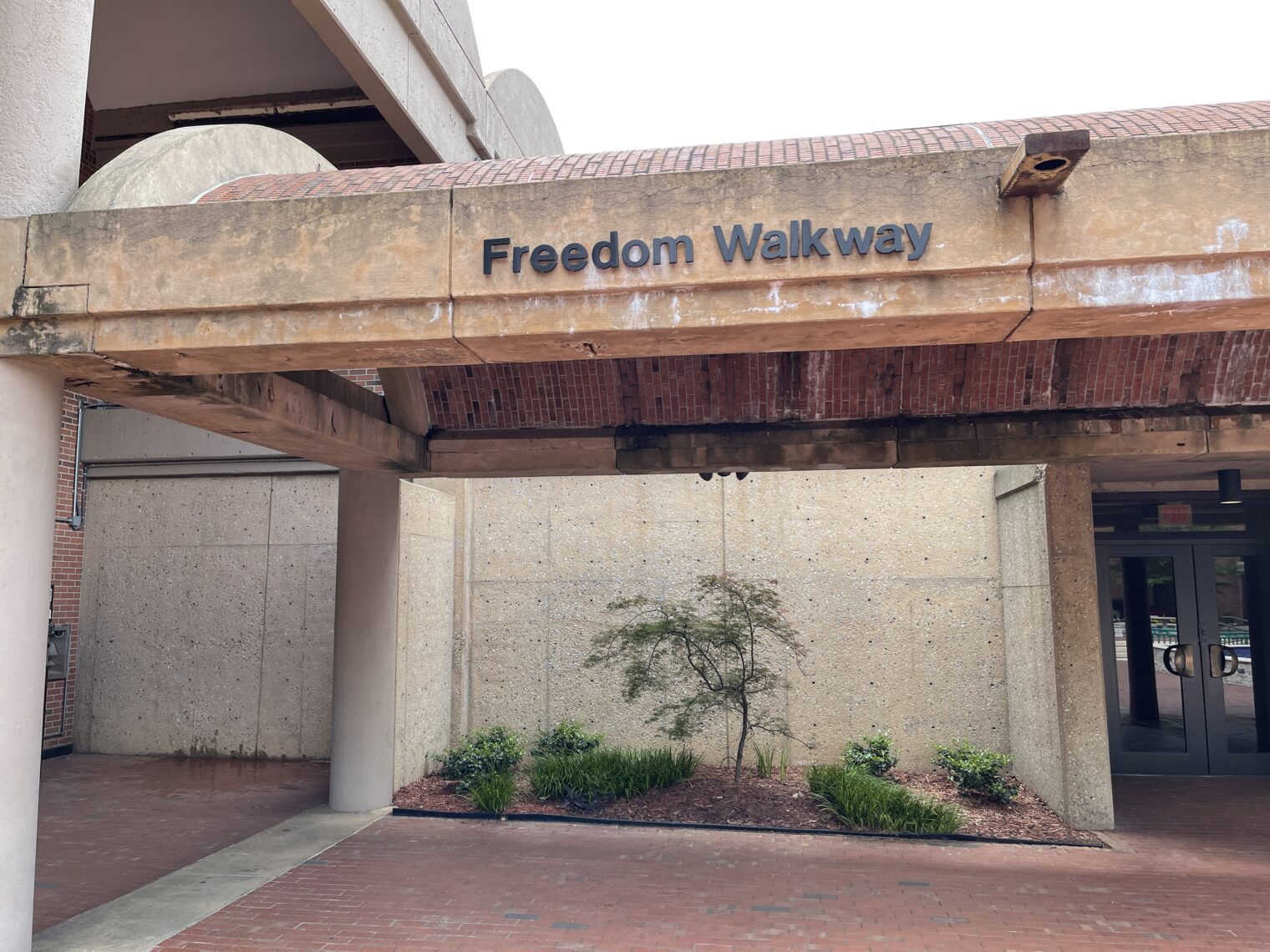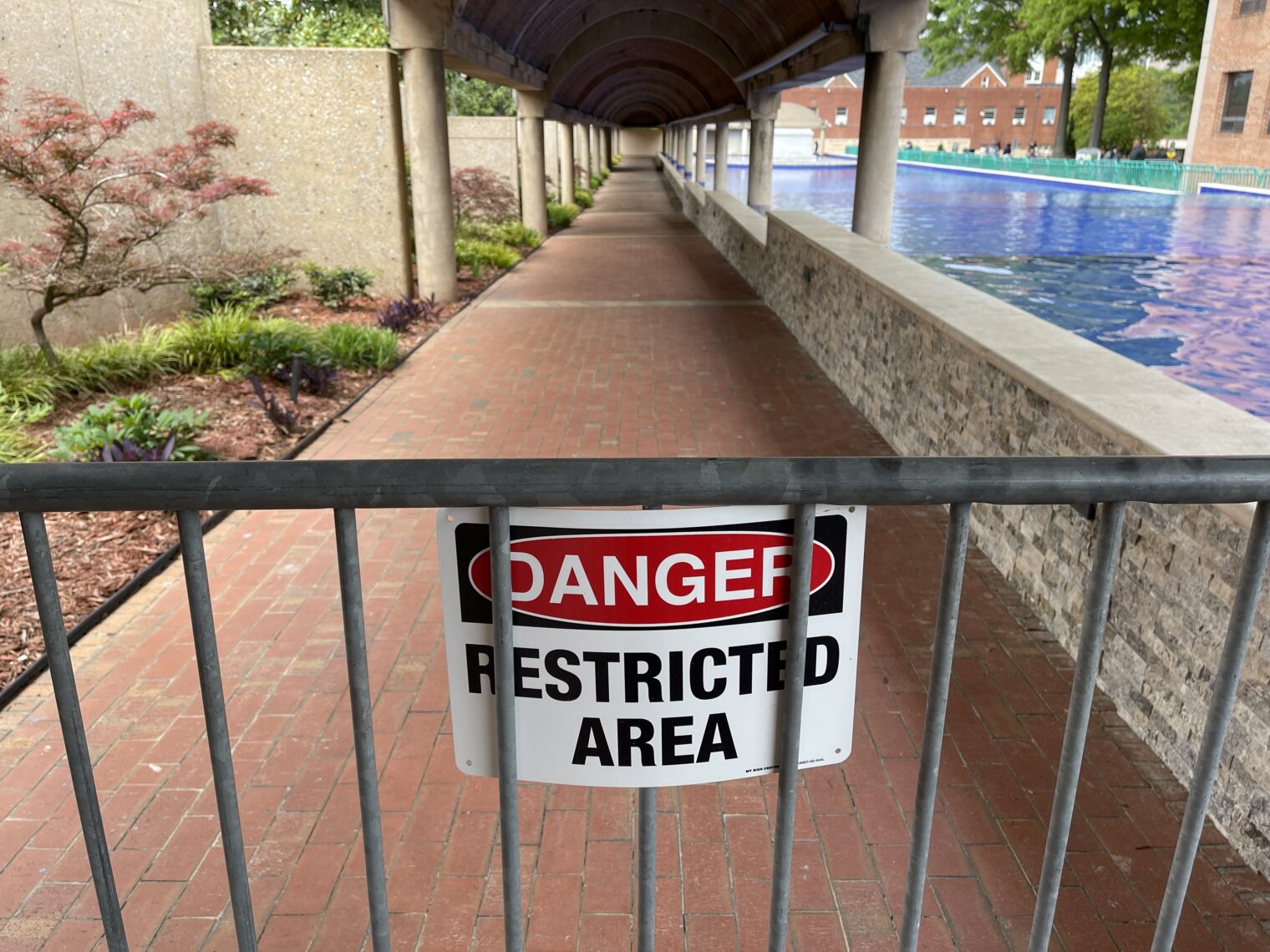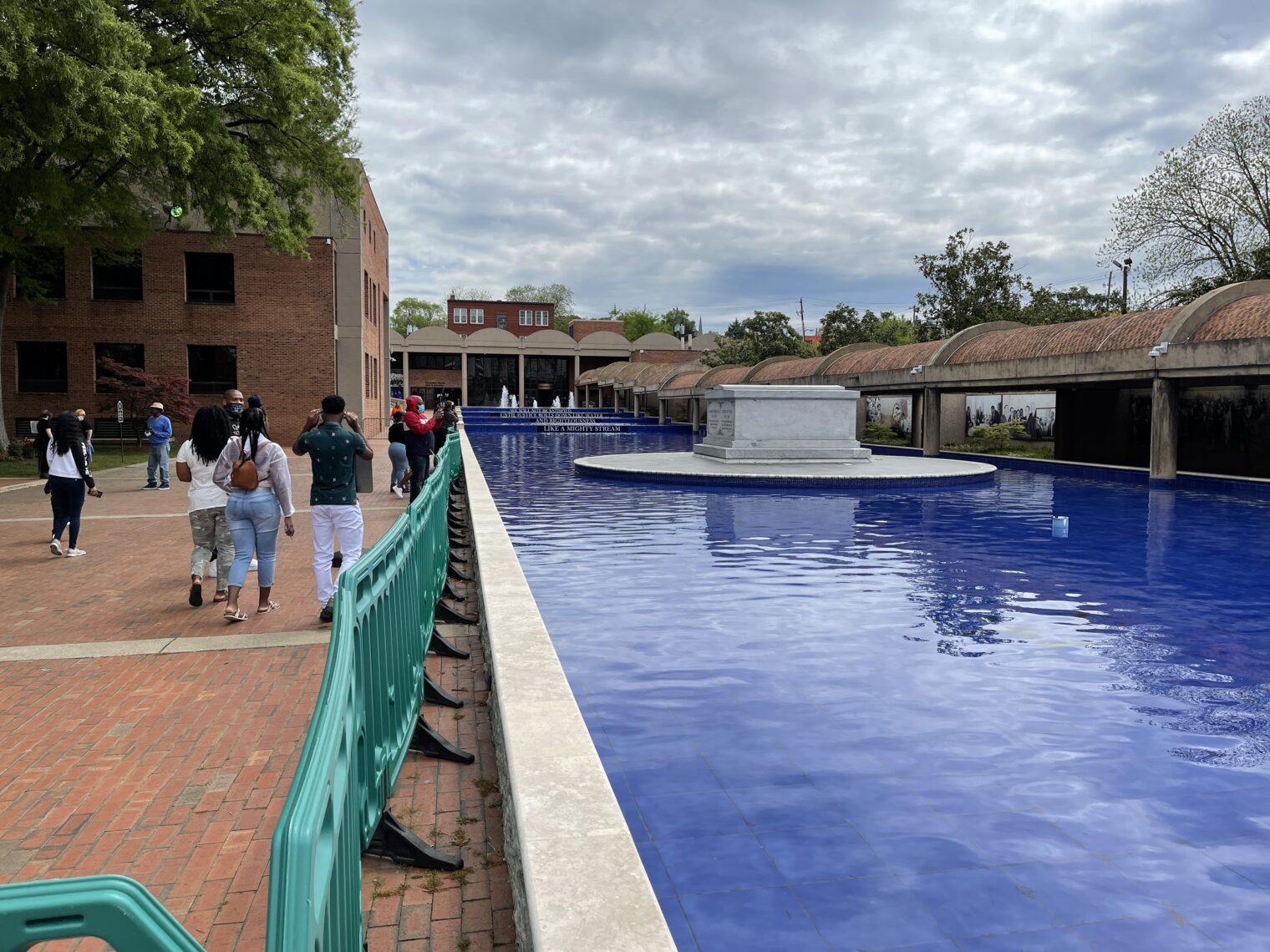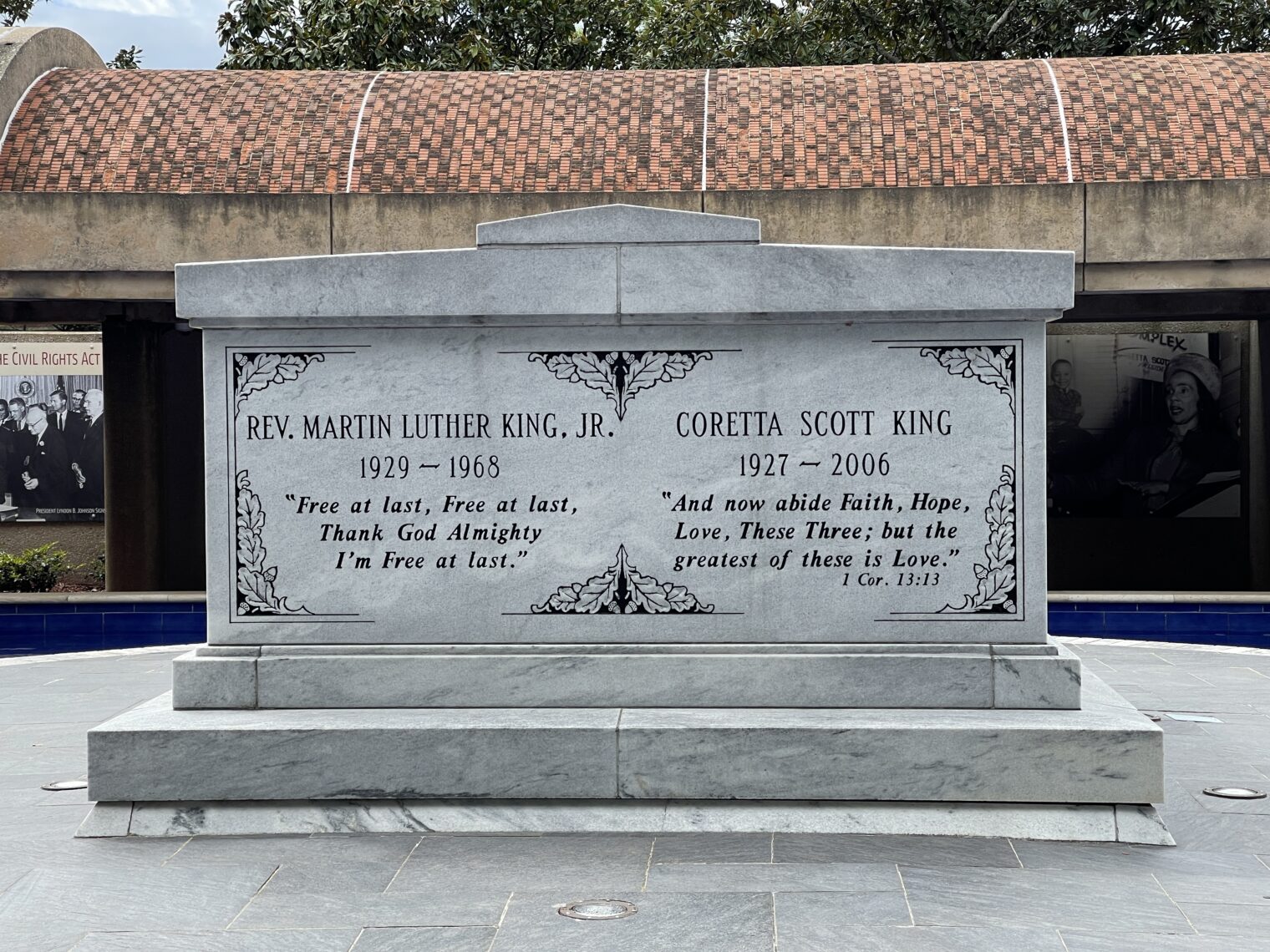Medical School 2020, Year 3, Week 23
Week 5 of internal medicine clerkship. During Monday morning rounds, Formal Frank asks, “Bianca, why do you keep giving Diane the vegetables? Our goal is for medical students to get practice talking to patients.” Diane’s first patient was a patient with primary aphasia, then a patient with dementia that had progressed to aphasia. She once again has taken an overnight admission who cannot speak but a few words due to Lewy Body dementia.
I admit an 85-year-old patient with acute mental status changes brought to the ED after a “fall from standing”. He is accompanied by two women: 40 and 45 years old. It turns out that the 40-year-old is the wife of five years while the 45-year-old is the daughter. The wife is the one who knows everything about his care, answering all of our questions with a heavy Vietnamese accent. Boss Bianca and I check on our patient around 7:00 pm. He was lethargic, but oriented to person, time, and place. After the wife and daughter step out, he calmly said, “I know I am not going to make it to my granddaughter’s wedding.”
I arrive Tuesday at 6:00 am to learn that our patient died overnight, perhaps due to undifferentiated sepsis. The family declined an autopsy. The night team reports he went in and out of ventricular fibrillation twice over a 30-minute code. “We even gave him a bicarb bolus [last resort in severe metabolic and respiratory acidosis]. The family was present and they understand.” This was the first patient death for Tiffany and Bianca. Bianca took it pretty hard: “That’s crazy, we talked to him a few hours before this happened. Isn’t that surreal how he almost knew?”
The residents have their weekly “didactics” seminar this afternoon, so they let us go after we finish our notes at 2:00 pm. Sylvester, Diane and I grab burritos. Sylvester describes his experience on surgery. “We had a patient with Fournier’s gangrene [necrotizing fasciitis of the scrotum]. We performed a scrotectomy [removal of scrotum] leaving his balls hanging exposed with just gauze covering them. As soon as we cut into the scrotum, gas was released, no pus. The entire OR staff gag from the smell at the OR entrance tunnel with the door closed. ” He had a more enjoyable trauma rotation. He describes a stab wound causing a “shish kabobing” of multiple small bowel loops at different sites, and a hemothorax.
Diane, settling on pediatrics after her experience on IM: “I can’t deal with adults. They are just like babies, except they never grow up.” Both Sylvester and I are interested in internal medicine, though I say, “hospitalists sometimes seem like micromanagers with specialists doing the interventions. Sometimes all we do is give the patient IV fluids and send them home.”
With only one week left before exams, everyone is trying to cram in the 25 LCME-mandated online cases. A typical case starts with six photos, one of which is relevant to the medical questions. The other five depict a non-white-male physician and a non-white-male medical student talking to a patient, e.g., an elderly white man suffering from COPD. There are 10 questions (3 short answer, e.g., summarize relevant history and exam findings) embedded in 5 pages of text. Diane says that she is finished with the questions and actually found them valuable. Everyone else clicks randomly through the multiple-choice questions and responds with gibberish to the short answer questions. Due to rumors that some clerkship coordinators look through the student report, including the time spent on each case, Gigolo Giorgio opens four cases in four separate browser windows in order to build more clock time per case. Sylvester has copied this strategy.
Wednesday after rounds, Bianca takes me to remove a jugular vein hemodialysis catheter on a patient with dementia who cannot speak or react to speech. We discuss the steps while walking up the stairs. First, place the patient in Trendelenburg position (feet elevated above head). Why? Bianca: “Air bubbles travel up, we don’t want to send an air embolism to the brain.” Second, pull the catheter out on an exhalation when there is more intrathoracic pressure. If patient is awake, ask him or her to hum. Third, apply pressure to the site for three to five minutes if the patient has no coagulopathy (change in normal coagulation function, e.g., from warfarin or heparin anticoagulation). Apply Tegaderm and a folded “4×4” (standard gauze) for air seal. The patient survives my first removal of this type of catheter!
Nearly all of our patients have congestive heart failure listed in the Epic chart, but their last echo often shows only “grade I diastolic dysfunction,” not clinically significant. During initial interviews, patients are confused when I ask how their heart failure is controlled. They’d never heard about this diagnosis. Boss Bianca, “Don’t take things the notes and problem list in Epic at face value. Just in our time here I’ve submitted five safety reports for medicine issues. Transitional cell cancer, are you sure…? Look at the original doctor note [frequently a scanned image from an outside institution, available under the Media tab]; don’t play Telephone.” She continues, “At my medical school, a patient was labeled for three years as HIV-positive. The patient only found out this was in his chart when he requested his medical record after moving to a new city. It turned out a nurse originally meant to put HCV [hepatitis C virus] in the past medical history, and the physician just signed off on it. Let’s just say the patient won a lot of money.”
(Hospitals have a financial incentive to mark patients as having congestive heart failure and other serious conditions because they are entitled to get paid for more of their readmissions if they are treating a sicker population.)
Friday morning report. A senior resident goes over a recent case of tuberculosis (TB): “An 35-year-old undocumented immigrant presents for several weeks of hemoptysis [coughing up blood] and generalized malaise. She had seen by two urgent care providers who prescribed antibiotics. What risk factors did our system miss?” She answers her own question: “Well, first she is an immigrant with barriers to healthcare access. Her boyfriend recently was in prison. We also learned that she was smoking cigarettes picked up off the ground.” She describes the challenge of caring for this patient because she kept wanting to leave the hospital. “She did not understand the contagiousness of TB. She left AMA [against medical advice], exposing her family [5 kids from 3 fathers] to TB. She frequently would get out of bed and walk around the halls despite pleading from the nursing staff. The boyfriend and cousins would visit, but, despite the provision of Spanish language interpreters, could not be made to understand the need to wear specialized N95 masks when visiting her in the negative pressure isolation room.”
One nurse contracted TB and five more had to go on long-term isoniazid treatment for tuberculosis prophylaxis. The senior resident concludes: “Efforts to reduce TB have been so successful that we forget about TB in our immigrant communities.” The trend is toward U.S. physicians seeing patients with more advanced TB, 18 percent of cases in 1995 and 24 percent in 2006.
[Editor: If the boyfriend was in prison, shouldn’t that have made it easier for her to access health care? One fewer household member to take care of.]
Diane admits a 55-year-old for alcohol withdrawal. His BAC is 0.35 g/dL (blood alcohol content; the legal limit for driving is 0.08). Bianca orders a measured osmolality test, mostly for student benefit. We sit down in the resident lounge to go over the results, which show an elevated osmolality gap (“Osm gap”). “Most osmoles are captured by a CMP [complete metabolic panel] — those are sodium, glucose, and BUN [blood urea nitrogen]. Not many compounds can significantly alter the osmolality of blood, except your solvents: ethanol, methanol, ethyl glycol. So we can calculate the osmolality from a CMP. Whenever you see a severe metabolic acidosis, consider getting a measured osmolar and compare to the CMP-calculated osmoles.” Bianca sends a group iMessage: “Why is this called a teaching hospital? Because we do a lot of tests.” Regarding the concern that our edification was driving up costs for patients, Bianca responded “He’s on Medicaid so he won’t pay anything.”
Last day of Formal Frank. I appreciated his high standards and his professionalism with patients. Further, he engrained the need to not forget basic physical exam skills in the work up of patients. Every patient with a GI bleed gets orthostatics. Every chest pain patient gets bilateral blood pressures to rule out aortic dissection. These are simple low-cost tricks that can significantly change patient care. He had a good understanding of cost and benefits. For example, he mentioned that “we spend about $100,000 for every folate deficiency diagnosis. So rare if the patient is eating any kind of food.” [he still allows residents to order folate work up.] I hope to use the Osler test to prevent the misdiagnosis of hypertension in the elderly when I do my outpatient family medicine clerkship.
Pinterest Penelope promotes a school-run LGBTQ awareness event: “Just because someone ‘doesn’t know’ if a person is trans, does not give them a free pass when they misgender that person.”
Shortly after reading this Facebook post, I had my first encounter with a trans patient. He presented to ED for alcohol detox and, after determining that he had no other medical issues, we transferred him to the inpatient psychiatric unit, which handles all uncomplicated detox cases. He is listed as female in Epic, which shows multiple similar detox visits, one each of which he received a pregnancy test. Formal Frank: “They want to change their sex to their identified gender, but if they succeed insurance will frequently not pay for the appropriate screening tests. Our Epic department has spent a lot of time developing an item for gender and a pop up message to alert the provider about the correct gender. We’ll let psych deal with that.”
Statistics for the week… Study: 10 hours. Sleep: 5 hours/night; Fun: 1 night. Saturday afternoon guitar jam session with Gentle Greg to practice for upcoming coffeehouse medical school open-mic night. He’s going through a difficult time with his girlfriend of three months. They’re both Indian-Americans. He’s studying to be a doctor and she is studying to become a physician assistant. However, her family is Hindu while his is Muslim. She is concerned that her family won’t accept him, despite the fact that he is not observant. (They will later break up and then reunite after she talks to cousins who’ve successfully navigated initial family disapproval.)
The rest of the book: http://fifthchance.com/MedicalSchool2020
Full post, including comments


